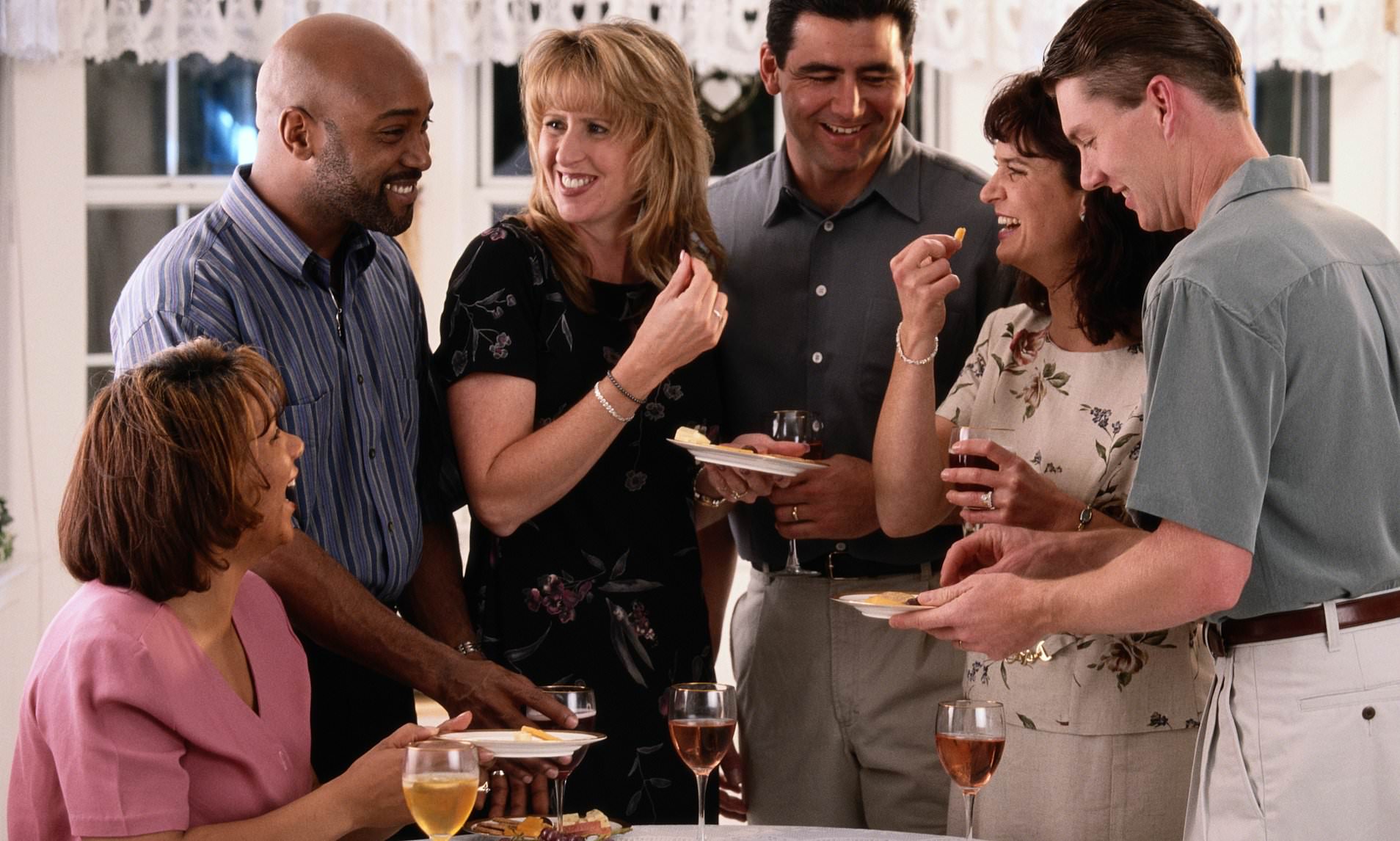The Pronunciation Puzzle of Thanksgiving
Americans might not realize that they could be pronouncing their most iconic holiday incorrectly. Thanksgiving, a time when families and friends come together to enjoy food, football, and the annual Macy’s Thanksgiving Day Parade, is steeped in tradition. However, there’s an interesting variation in how people across the United States pronounce the holiday’s name.
Language experts at Preply conducted an analysis of how each U.S. state pronounces ‘Thanksgiving’ and found two primary ways: either “THANKS-giving” or “Thanks-GIV-ing.” The way individuals say it often depends on their place of origin. Dr. Melissa Baese Berk, a Professor of Linguistics at the University of Chicago, explained that there is no official pronunciation for the holiday. She noted that Southerners tend to say “THANKSgiving,” while Northerners prefer “thanksGIVing.” This regional difference can lead to confusion, as people from different parts of the country may believe the other pronunciation is incorrect.
According to Preply’s survey of 1,000 Americans, a third pronunciation emerged: “THANGSgiving.” Dr. Berk explained that this variation aligns with broader linguistic trends. She stated, “The pronunciation of ‘THANGSgiving’ is also consistent with other trends in language production. We often ‘reduce’ the pronunciation of words when we are speaking casually, and sometimes these pronunciations end up becoming the default through language change.”
Several YouTube videos claim to know the correct way to say ‘Thanksgiving,’ even though there is no official standard. One video by Julien Miquel suggests that the correct pronunciation involves an even focus on both parts of the word, without emphasizing either “THANKS” or “GIVING.” A study by Harvard found that 74 percent of states emphasize the “GIV,” while the remaining states emphasize the “THANKS.”
Despite the debate over pronunciation, the true essence of Thanksgiving lies in spending time with loved ones and expressing gratitude. The holiday traces its roots back to a 1621 meal shared between English colonists in Plymouth and the Native Wampanoag people. This event is now celebrated annually on the last Thursday of November, which will fall on November 27 this year.
According to Britannica, the original Thanksgiving occurred after colonists, who were hunting for poultry, encountered dozens of Wampanoag at the settlement’s gate. Although there were initial tensions, the groups eventually socialized and shared a feast. The meal included turkeys, geese, ducks, and venison, along with fish, eels, vegetables, and beer. Despite language barriers, they enjoyed activities like shooting and drinking together.
This peaceful gathering led to a treaty between the groups, which was later broken during King Philip’s War (1675–1676). The conflict resulted in significant loss of life among Native Americans and many colonists. The war was named after Metacom, a Wampanoag chief who adopted the name Philip following his father Massasoit’s friendly relations with the Mayflower Pilgrims.
While the historical context of Thanksgiving is rich and complex, the holiday continues to be a time for reflection, gratitude, and family. Whether you say “THANKS-giving” or “Thanks-GIV-ing,” the spirit of the celebration remains the same.










